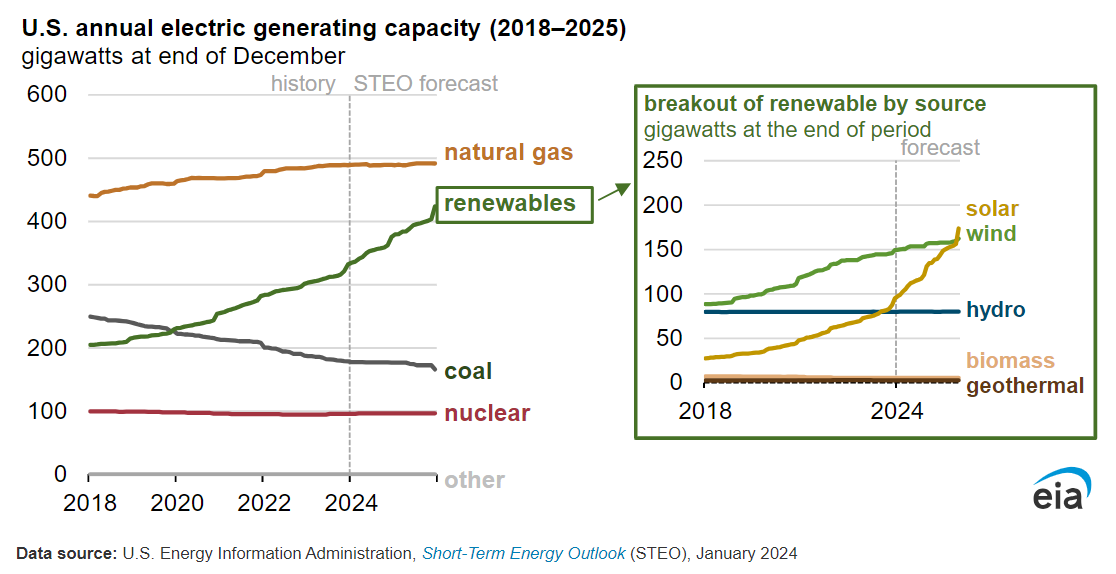Energy for the Future: Solar
Solar power is becoming an affordable, sustainable option for homeowners—whether installed on rooftops or accessed through Community Solar programs.

After we’ve used up the gas, then what?
Solar is set to become a dominant source of global power capacity, and it’s on track for more incremental growth through the end of this decade. For homeowners, solar is becoming a sustainable and affordable energy option, either on their own building’s roof, or contracted from a “Community Solar” provider. Anyone who has gone into a hot attic in July knows that solar power is there, if you could just use it.
In New York, the New York Solar Energy Industries Association (NYSEIA) plays a pivotal role in advocating for the sustainable growth of solar energy across the state, which has set a target to achieve 100% clean energy by 2040. NYSEIA is advocating to empower more families to use their own roofs to generate their own solar electricity, strengthening solar tax credits, and leveraging incentive policies for low-income families and seniors.
Celebrating Earth Day on Monday, 4/22, the U.S. Environmental Protection Agency (EPA) announced 60 winners that will receive $7 billion through the Solar for All grant competition. The funding will help deliver residential solar projects to over 900,000 households nationwide, enabling low-income and disadvantaged communities to deploy and benefit from solar.
Solar: Energy for the Future
According to the US Department of Energy, Solar will grow from 3% of the U.S. electricity supply today to 40% by 2035 and 45% by 2050. By 2050, solar will provide 30% of buildings’ energy, 14% of transportation energy, and 8% of industrial energy, through electrification of these sectors.
With such growth in demand, the nation will require additional electrical generation capacity to keep up. In 2050, filling this gap would require supply of approximately 1600 gigawatts alternating current (GWAC) of solar capacity. According to a recent estimate by the U.S. Energy Information Administration, Solar is the fastest-growing renewable source because of larger capacity additions and favorable tax credits policies.

Why is this important?
Nationally (and even internationally), solar energy development is progressing. But for individual households, the initial setup cost is often cited as a barrier. However, if we look at the long-term economic benefits of solar adoption, they outweigh the initial costs. Here are a few points to consider:
- Lower Energy Bills: With solar panels generating electricity for your home, your energy bills will drop. Over time, these savings can offset the initial cost of installation.
- Incentives: A lot of states are making going solar easier and more affordable for their residents. In New York, incentives and financing options are offered to lower the cost of purchasing and installing solar at home. With selected solar contractors and developers, incentives are provided directly to New York residents. For households earning less than 80 percent of the median income in the area, additional incentives are offered.
- Lock-in your costs: Solar is a solution to defend against rate hikes. It’s like owning your own mini power plant. With a typical 25 to 30 year lifespan, the cost of solar energy to your home is fixed and stable, which even adds value if you decide to sell your home.
- Storage and more: Solar batteries can store energy generated by your panels, enabling you to use the energy stored from your battery during the day for nighttime use and protect your house from power outages. Additionally, if you are enrolled in demand response programs like Meltek, you will save even more.
Ready to Start Earning?
Join thousands of users who are already earning rewards while helping the environment.